

Environment
We are focused on weaving circularity into our processes and minimizing our use of natural resources, while reducing emissions, waste and energy. We work continually at all our production sites to reduce our environmental footprint, while maintaining high quality and safety standards.
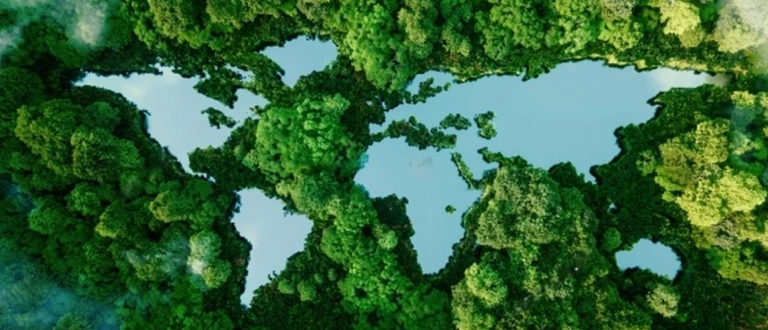

million kWh
A net saving of 7.8 million kWh has been achieved by various energy-saving initiatives across our manufacturing units over 2021-22.
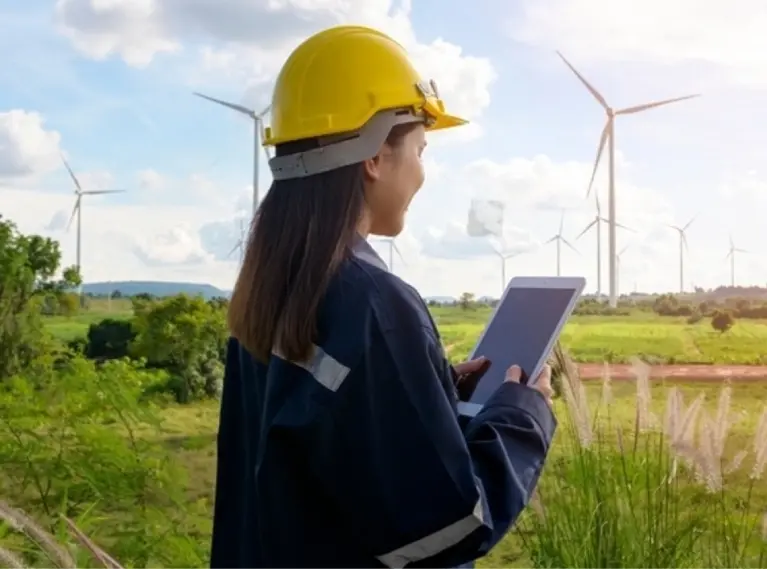

Environmental priorities are key across new and existing sites. These include minimizing waste, recycling and reusing effluents, monitoring and controlling the quality of air emissions, expanding green spaces, as well as conducting environmental impact assessments, and ensuring compliance through various environmental certifications.
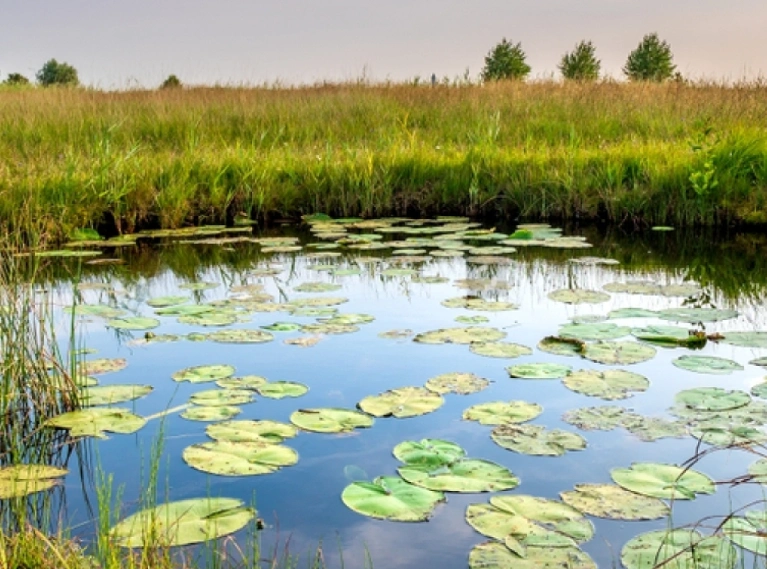

We are cognizant of the fact that our products have various levels of impact and dependencies on biodiversity. Our operations are not in the proximity of any noted biodiversity conservation areas or national parks and we possess all environmental permits/consents to operate. We continually strive to undertake sustainable measures to help mitigate any negative impact.


We endeavor to ensure exceptional stewardship over the water resources in the communities we operate in. We seek to minimize the use of scarce water resources through our efforts in process optimization, as well as by increasingly reusing or recycling wastewater within our organization.


We follow leading waste management practices as part of our commitment to Responsible Care® and have multiple policies and procedures on the effective management of effluents and waste.



Energy Saved
Net Zero initiatives include heat recovery at our medical glove plant, a 50% CO2 cut from our steam boiler in Indonesia, and new drive units in Uzbekistan.
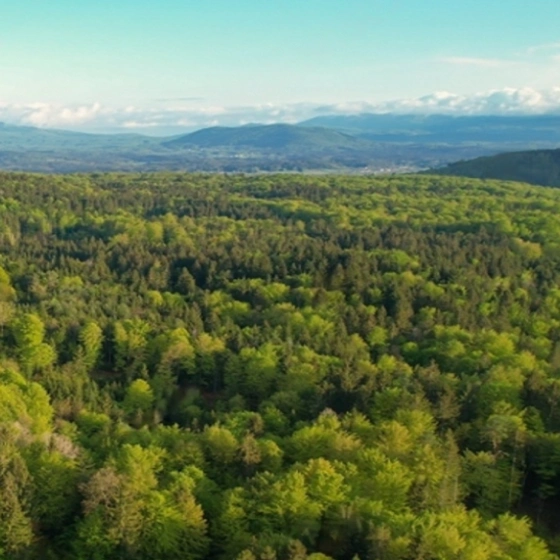
Green Belt Zone
In Uzbekistan, our fertilizer company identified a 4 acre green belt zone and put up fencing to protect it. This has had a visible positive impact, as large numbers of birds have made their shelter in the protected zone.
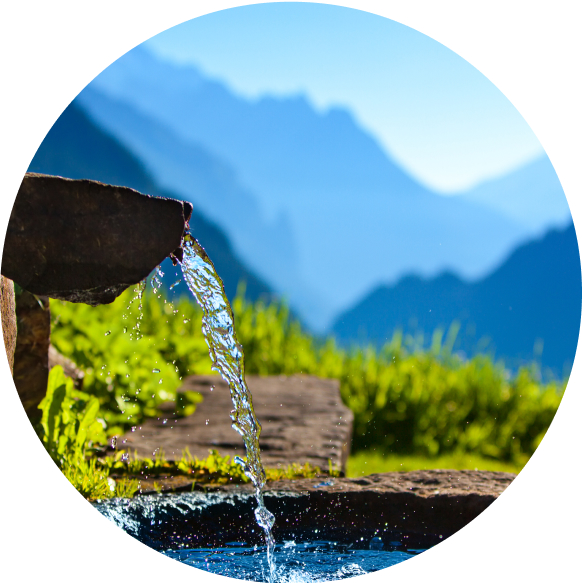
Fresh Water Saved
In Indonesia, water recycling measures were implemented, along with rainwater harvesting, which has resulted in a saving of 162,000 cubic meters of fresh water per year.